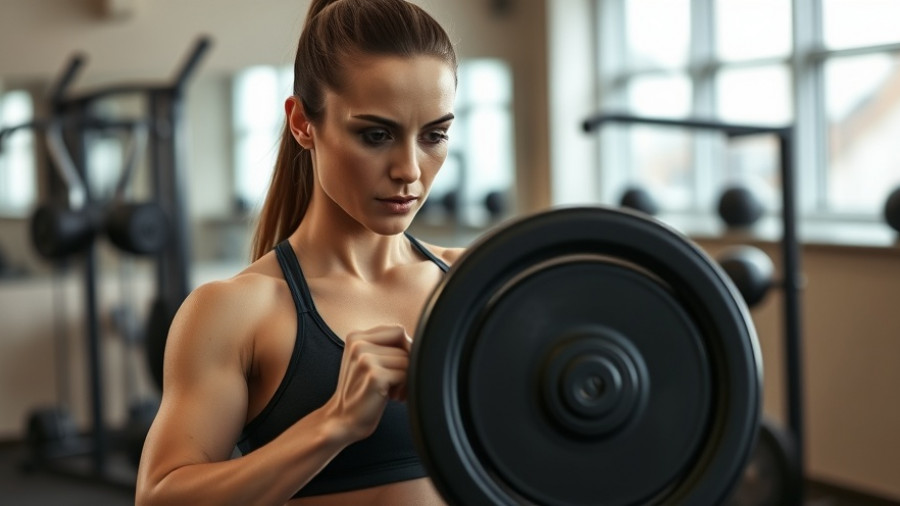
Exploring Natural Remedies: Can Herbal Medicines Combat Dementia?
In a groundbreaking study, researchers have uncovered the potential of three herbal medicines—Japanese sweet flag, jujube, and mamaki tea—to alleviate the symptoms of dementia. This discovery renews hope for enhancing cognitive health and offers a compelling alternative to conventional treatments.
The Rising Challenge of Dementia
Dementia currently affects over 55 million people across the globe, with numbers predicted to nearly double every two decades. The escalation of dementia cases necessitates effective solutions, particularly as lifestyle and environmental factors continue to impact cognitive health. By exploring natural therapeutic agents, individuals can take proactive steps in managing and potentially reversing the effects of dementia.
Historical Context and Background
For centuries, various cultures have relied on herbal medicines for their purported health benefits. The Japanese sweet flag, for instance, has long been used in traditional medicine for its anti-inflammatory properties. As scientific research delves deeper into these natural remedies, we are beginning to understand how they can specifically enhance neurogenesis and combat toxic proteins associated with cognitive decline.
Unique Benefits of Knowing This Information
Gaining insights into these herbal remedies empowers individuals to make informed decisions about their healthcare options. Understanding the potential of herbs like jujube and mamaki tea equips readers with practical knowledge to discuss alternative therapies with healthcare providers, potentially improving their quality of life and well-being.
Future Predictions and Trends
As research progresses, it is anticipated that we will continue to see an integration of natural medicines into mainstream dementia treatment options. This shift could provide a broader spectrum of choices for individuals seeking to maintain cognitive health and prevent memory loss. Keeping abreast of these developments ensures our preparedness for a future where holistic and modern medicinal practices converge.
Valuable Insights: Understanding the benefits of Japanese sweet flag, jujube, and mamaki tea in dementia treatment empowers readers to explore new avenues of cognitive healthcare and enriches their knowledge of traditional remedies that are gaining scientific validation.
Learn More: Discover the detailed studies and insights on how Japanese sweet flag, jujube, and mamaki tea can benefit cognitive health by reviewing the full article at https://www.naturalnews.com/2024-11-20-studies-three-herbal-medicines-can-reverse-dementia.html.
Source: For a deeper dive into these innovative findings and their impact on dementia treatment, visit the full article at https://www.naturalnews.com/2024-11-20-studies-three-herbal-medicines-can-reverse-dementia.html.
 Add Row
Add Row  Add
Add 




Write A Comment